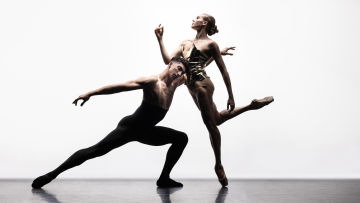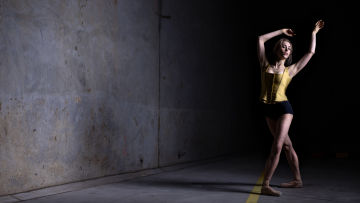Entrechats with Paul Boyd
Paul Boyd is Queensland Ballet Academy’s Head of Senior Program, which from 2021 will be known as the Academy Program. Paul’s dance career is formidable, spanning 25 years across five companies in Australia and overseas. He has worked on and off for Queensland Ballet since 1986.
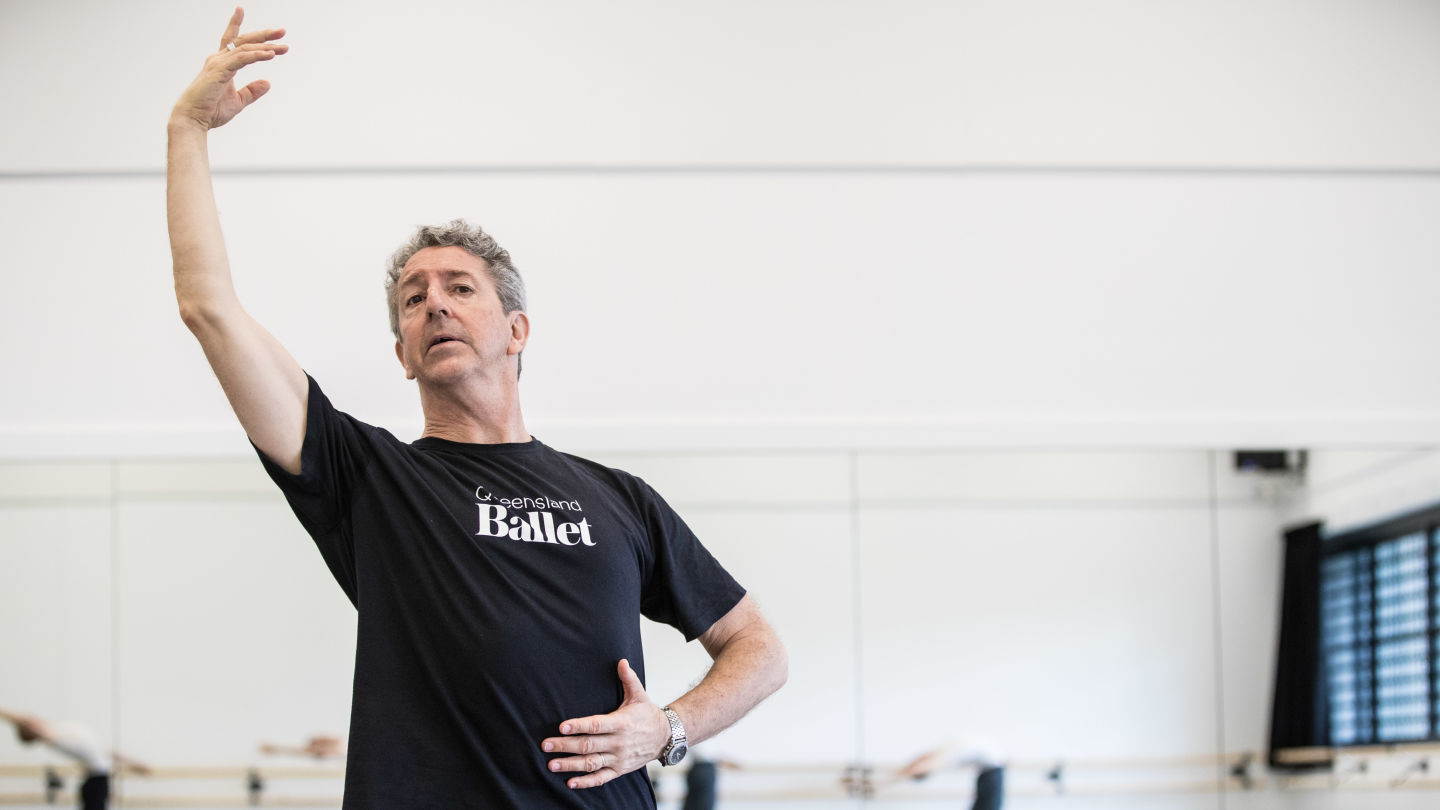
Where does your story begin?
I was a bush kid born and raised in Wagga Wagga, NSW during the early 1960’s. I knew from a very young age that I was destined to dance, but no connection came from my family.
It all started when I was four years old. My first teacher saw me dancing in the bank with my father. She was a family friend, and she approached my dad after seeing me and said ‘why don’t you bring him to some dance classes and I’ll get rid of some of that energy for you?’
I started with tap and jazz, performing in local concerts from age five. I then tried ballet when I was 11 and knew from there I had no Plan B – there was only dancing.
What was involved in your training to become a dancer?
When I was 13 my teacher left Wagga Wagga, so I travelled to Canberra every weekend for three years to train. It was about 300km away, but I wanted to be there so badly. There was something inside me that said I needed to dance.
Every weekend I would catch a train, bus or plane in the morning, then wander the streets of Canberra before catching a bus to my ballet class and dancing all Friday afternoon, all Saturday and all Sunday before returning home around 1am Monday morning by bus. While I was doing this I boarded with about 15 different families, which from an early age taught me good communicative skills and how to fend for myself. I also got my first taste of professional performance during this time, dancing on stage with the Australian Opera from 14 years old.
When I turned 16 and finished fourth form, I was accepted into the Australian Ballet School. I met my wife, Glenda there and we joined a travelling group together, similar to a Disney show. After 18 months of this we moved to Monaco to study under Marika Besobrasova. It was an exhilarating time – I was 18, I had an apartment in Monte Carlo, I was touring and dancing on the Monte Carlo stage where Nijinsky, Pavlova and so many others had danced decades before me.
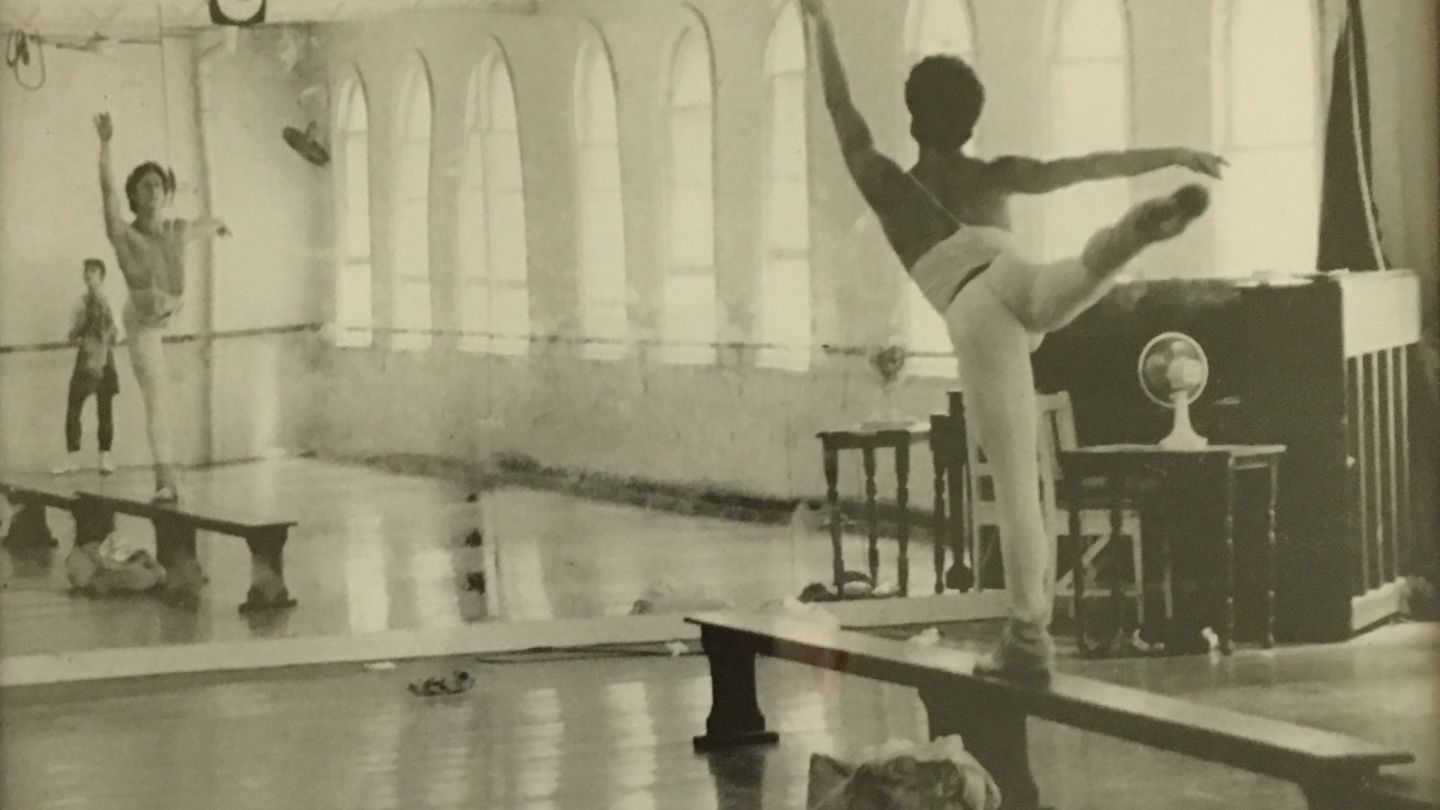
Paul's first week at Queensland Ballet, shot at the Company's Margaret Street Studios in January 1987.
What was your big break?
I went on the audition trail and landed my first Company job in Dusseldorf, Germany when I was still 18. We stayed there for six years, and in that time I was promoted and we had two children.
By 1986 I was First Soloist in the Company. Then the Chernobyl disaster happened in Ukraine, just a few days after our second child was born. It was quite frightening, and we were scared of the ramifications so decided to flee back to Australia with my wife, two year-old son and brand new baby daughter. That’s when I joined Queensland Ballet.
When did you settle back in Australia?
Queensland Ballet’s then Artistic Director, Harold Collins took me in after we returned from Europe. However, within two years I went back to Germany to accept a Principal Dancer position in Dortmund under the direction of Hungarian choreographer, Istvan Herczog. Since we’d vowed never to return to Europe, I was resistant initially, but my wife convinced me the opportunity was too good to pass up.
While in Dortmund I danced the ballets of another Hungarian choreographer, Youri Vamos, who invited me to join his Company as Principal Dancer in Bonn. From Bonn we moved to Basel, Switzerland where we stayed for five years. At this point I was 36 years old, had danced all over the world and performed incredible ballets I had never dreamt of.
We decided to return to Australia when my children were starting high school in 1996. I contacted Harold again and he gave my position back at Queensland Ballet.
Is there a single performance that stands out in your career?
I performed the role of Spartacus in Verona, Italy in 1993. There’s a big, 2,000 year-old arena there that holds 20,000 people, with a stage that was 50m wide by 30m deep and fit a 130-piece orchestra. It was a bit like a mini Colosseum – there were actual gladiators in that arena 2,000 years prior. It was an incredible experience, and I felt extremely privileged to be performing this in the peak of my career.
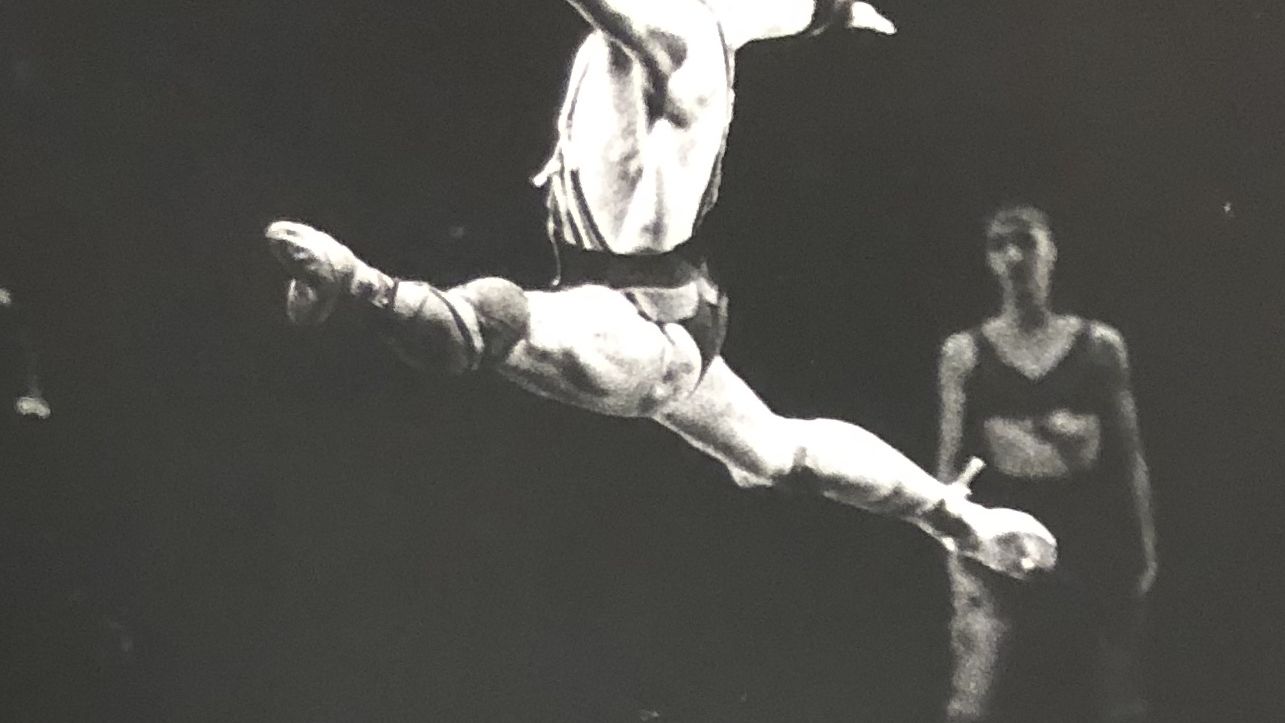
Paul's performance as Spartacus at the Arena Di Verona in Italy, August 1993.
What have you brought from your career into the Academy?
I danced for so long because I loved being a dancer. I retired from the stage when I was 43, after 25 years on stage. I knew the transition was not going to be easy, but I never wanted to leave the profession. I started teaching at Queensland Ballet in 2012, and have been full-time at the Academy since 2015.
I knew I was not a natural technician as a dancer. I had to really learn everything and teach myself, so when I teach our Academy students, I know how to pull apart movements because I had to do that myself. I know how to dissect things, and since that skill was no longer useful to me as a dancer, I thought of it as a duty to pass it on to the next generation.
It’s so gratifying now to see the transformation in my students, particularly in the young men I teach. I teach them to respect the job, respect women and respect their surroundings, which generates respect for themselves as dancers. It’s been lovely to see some of them join Queensland Ballet’s Company since teaching them in the Academy too.
After such a long and successful career, is there any advice you can offer to your younger self?
Good self-talk is really important. I remember sometimes beating myself up with negativity, so I learnt over time that does no good. I also think if you’re passionate and love what you do, you will push through any adversity. Keep pushing! It’s never going to be easy, but you will always be grateful for the end product.
Images provided by Paul Boyd.
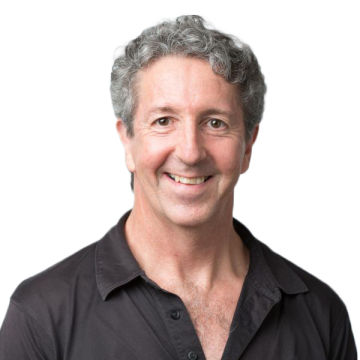
Paul Boyd
Academy Faculty - artistic
